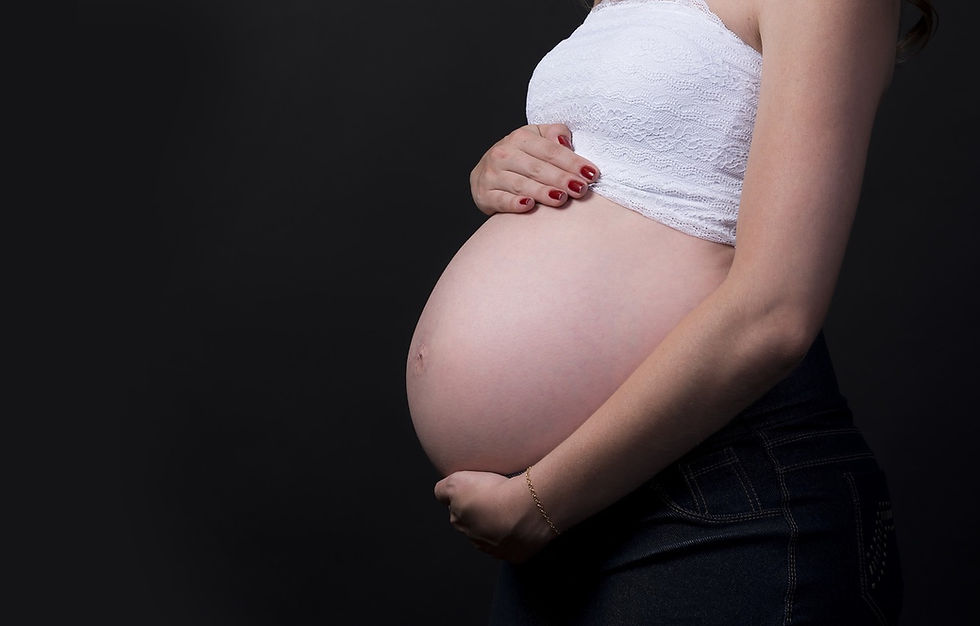Pica behaviors in a German community-based online adolescent and adult sample
- SAS Research Team

- Feb 23, 2022
- 1 min read
Pica is an eating disorder in which a person eats things not usually considered food.
This study aimed to examine self-reported pica substances, situational triggers for, and associated psychosocial burden of pica eating in adolescents and adults in a Western European population with 78 individuals all over 16 years of age. Researchers employed two questionnaires assessing eating disorders and general psychopathology, and a third asked about the substances consumed. They also measured duration and frequency of consumption, triggers for consumption, emotions thereafter, and interest in treatment. The most frequently reported substances included: foods in an uncooked or non-edible form, body parts/fluids, grass, leaves, paper, and earth-like substances at 69.23%. The main triggers for consumption were taste of the substance/indulgence, boredom, curiosity, and release of internal tension. The most common emotion after consumption was relief. Pica eating frequency was not significantly related to eating disorder and general psychopathology (both p > 0.05). Only a subgroup of those diagnosed indicated that they experience it as disruptive and expressed interest in treatment. Still, triggers for pica eating and emotions thereafter might provide first hints for the development of interventions.
Hartmann, A. S. (2020). Pica behaviors in a German community-based online adolescent and adult sample: An examination of substances, triggers, and associated pathology. Eating and Weight Disorders, 25(3), 811–815.
https://doi-org.ezproxy.library.uvic.ca/10.1007/s40519-019-00693-w
Closed access







Comments